I – Oda Nobunaga and Nohime
Every Japanese schoolchild knows the story about the warlords and the nightingale.
Three men are in a garden when a nightingale lands on a branch. They wait expectantly, hoping to hear its beautiful song. But the nightingale stubbornly refuses to sing. What should they do about it?
‘Kill it,’ says Nobunaga.
‘Persuade it to sing,’ says Hideyoshi.
‘Just wait,’ says Ieyasu. ‘Eventually it will sing of its own accord.’
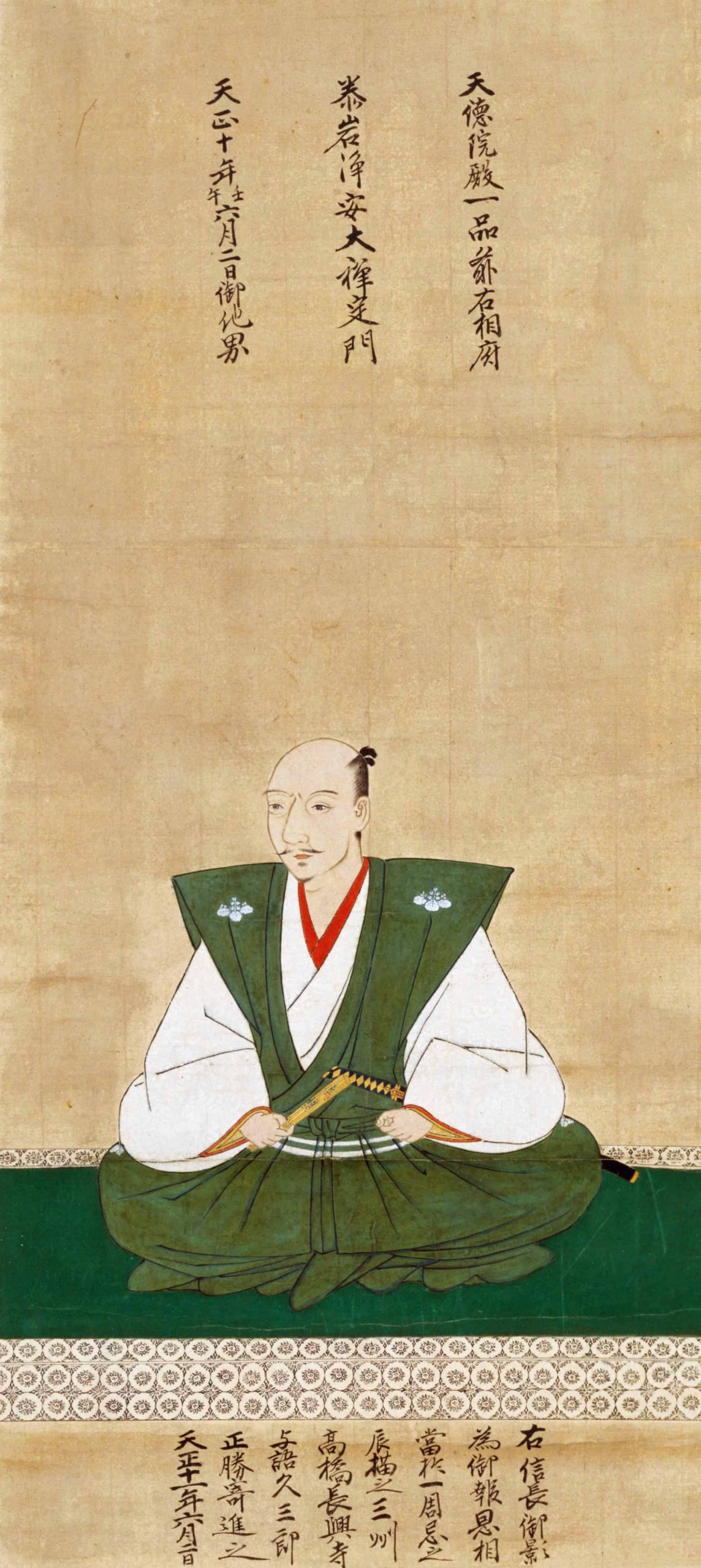
Nobunaga, lord of the Oda clan, Hideyoshi of the Toyotomi and Ieyasu of the Tokugawa were the three rival warlords who sought to unify Japan in the second half of the sixteenth century, when the country was torn apart by endless civil war. They all lived at the same time and all knew each other.
They were all great warriors and brilliant generals. But they were also colourful and idiosyncratic men, each very different from the others.
Nobunaga was dashing, fearless and brutal; Hideyoshi wily, brilliant and able to argue himself out of any situation, no matter how desperate; and Ieyasu stolid, calculating and very very patient. You can guess which one won in the end.
Each had a formidable woman behind him – whether on his side or against him.
Lady No – Nohime – the Princess of Mino
The first to rise to prominence was Oda Nobunaga (1534 – 1582).
In those days people of high rank invariably had political marriages, either to an ally to cement an alliance or to an enemy warlord to make peace. If it was the latter, there was often a lethal shifting of alliances and you’d suddenly have to choose between your father or your husband.
It’s probably never a good idea to marry your enemy’s daughter, especially if that enemy is the infamous Viper of Mino. But that’s what happened to Nobunaga. In 1549 his father married him off to Kicho, Lady No’s name as a girl, when he was 14 and she was 13. The idea was to broker a shaky peace with Dosan of the Saito clan, lord of Mino. Dosan had started life as an oil merchant, then murdered the daimyo of his province, Mino, and taken over his lands, mountaintop fortress and wife, which was why he was known as the Viper.
On their wedding day 14-year-old Nobunaga declared that his bride had ‘the mind of a genius and the appearance of a goddess’. She was certainly a prodigy in swordsmanship and in martial arts. The problem was that besides being his wife she was also a hostage. She lived in the Odas’ castle and would be the first to be killed if there was trouble.
The Oda clan were the lords of Owari, directly north of Mino, so naturally the two clans were deadly enemies> They spent a lot of their time setting each others’ villages afire, seizing land from each other and having pitched battles. There were suspicions that Kicho, the Princess of Mino, had been planted not just in the family but in Nobunaga’s bed so that she could plot against him, spy on him or murder him, depending.
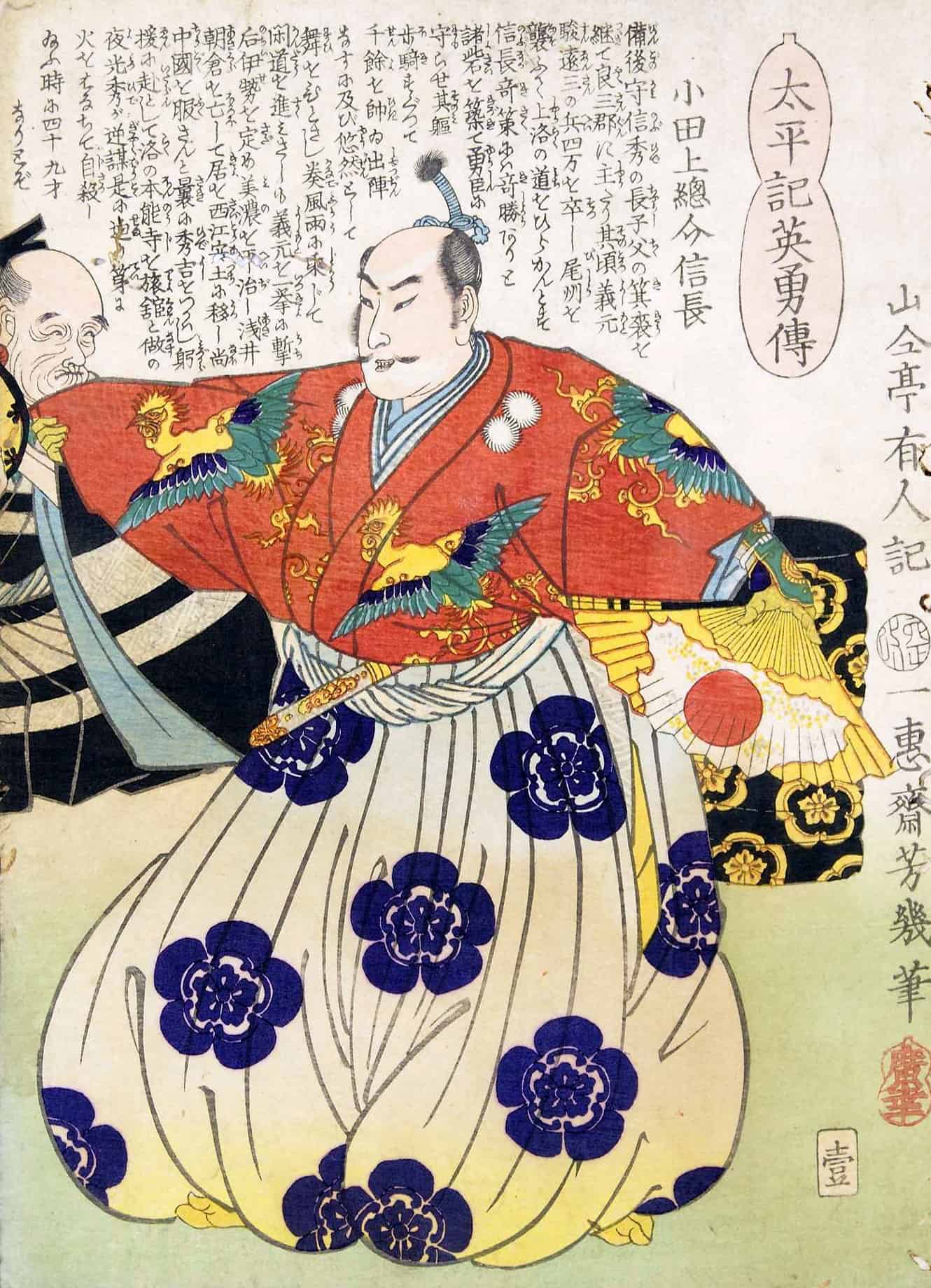
The Idiot Lord
The following year Nobunaga’s father died and he became lord. Nobunaga was known as the Idiot Lord because of his propensity to play the fool.
Lady No’s father, Saito Dosan, famously arranged a meeting with Nobunaga to size him up. Dosan then hid in a peasant’s hut and spied on Nobunaga as he was approaching the meeting place in the middle of a huge entourage. Nobunaga was dressed like a slovenly fool, lolling on his horse with a messy topknot, with amulets dangling from his belt and leopard and tiger skins tossed over his saddle. Dosan must have smirked to himself. There’d be no problems with this one. He was clearly an idiot.
Of course Nobunaga had guessed that Dosan would want to get a good look at him and would spy on him before he met him. Before they formally met Nobunaga said he needed time to change. When he reappeared he was no longer a carefree youth but a stern-faced daimyo, with a perfectly oiled topknot and crisp hakama skirts.
Dosan realised that Nobunaga had calculated that it was to his advantage to play the fool. Given that his daughter was a hostage in Nobunaga’s castle, it’s said that from this point on he gave up all thought of invading Owari.
Daughter of the Viper
Lady No was known as the ‘daughter of the viper’ and there were ongoing suspicions that she was at the very least passing information to her father. Once he became lord, Nobunaga took to creeping out of their bedchamber in the middle of night and staying away till dawn. Eventually Lady No asked him what he was doing. Was he seeing another woman?
After much persuasion he confessed that he was in touch with two of her father’s closest retainers. They had said they would kill her father, then light a signal for him so that he could invade with a huge army and take over Mino province. He was up every night till dawn watching out for the signal.
Having confessed, he swore her to secrecy but naturally she found a way to get message to her father – proof that she was indeed in communication with him. Her father, hearing the news, had his faithful elders executed. Nobunaga’s story was of course all lies. Having lost his faithful retainers her father was much weakened.
The Leper Lord
The other kink in Lady No’s family was that her father and brother hated each other. Her father, you’ll remember, had murdered the daimyo of his province, Mino, and taken over his province and his wife. Perhaps suffering from a guilty conscience, he began to suspect that Lady No’s brother was not his son at all but the son of the murdered daimyo, whose wife Dosan had married. In the end there was a huge battle between them and Lady No’s father, Dosan, was killed. The son, Yoshitatsu, was struck down by leprosy shortly afterwards, obviously in judgement for the unnatural act of killing his own father, and was thenceforth known as the Leper Lord.
The Concubine
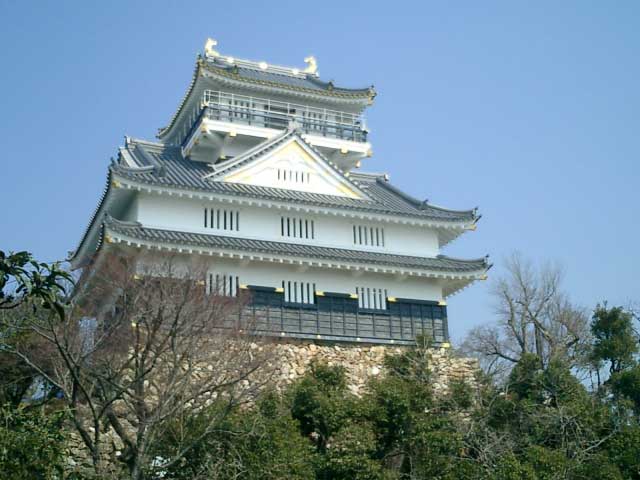
All of which gave Nobunaga an excellent excuse to invade, avenge his father-in-law and ‘liberate’ the land of Mino, which he did in 1567.
Lady No never had a child. Eight years after their marriage, Nobunaga met and fell in love with a lady called Kitsuno of the Ikoma family. He took her as his concubine and they had two sons and a daughter. She died at the age of 29. It’s said that Nobunaga mourned her through the night and had her status upgraded to a second wife so that her children could be his heirs. His son Nobutada was given to Lady No to be raised.
In 1582, when Nobunaga was 48, he was attacked by one of his own generals turned traitor. He and his son were killed and the temple where they were staying in Kyoto burnt to the ground. Shortly afterwards a veiled lady slipped away from Nobunaga’s castle, Azuchi Castle, in the middle of the night. Lady No was never seen again. It was said that she stayed in hiding as wars raged and that she died in 1612.
To add a personal note, my first home in Japan was Gifu City, which was founded and named by Nobunaga. A replica of his castle still tops Kinkazan mountain on the edge of Gifu City to this day. I actually lived in a section of town called Sagiyama, Heron Mountain, though the so-called mountain was more like a wooded hill. In the course of my research I discovered that Heron Mountain had been Saito Dosan’s castle. It must have been Nobunaga who reduced it to a mound of earth.
A version of this article was published in the History Girls blog as Trouble at t’Palace on 14 March 2019
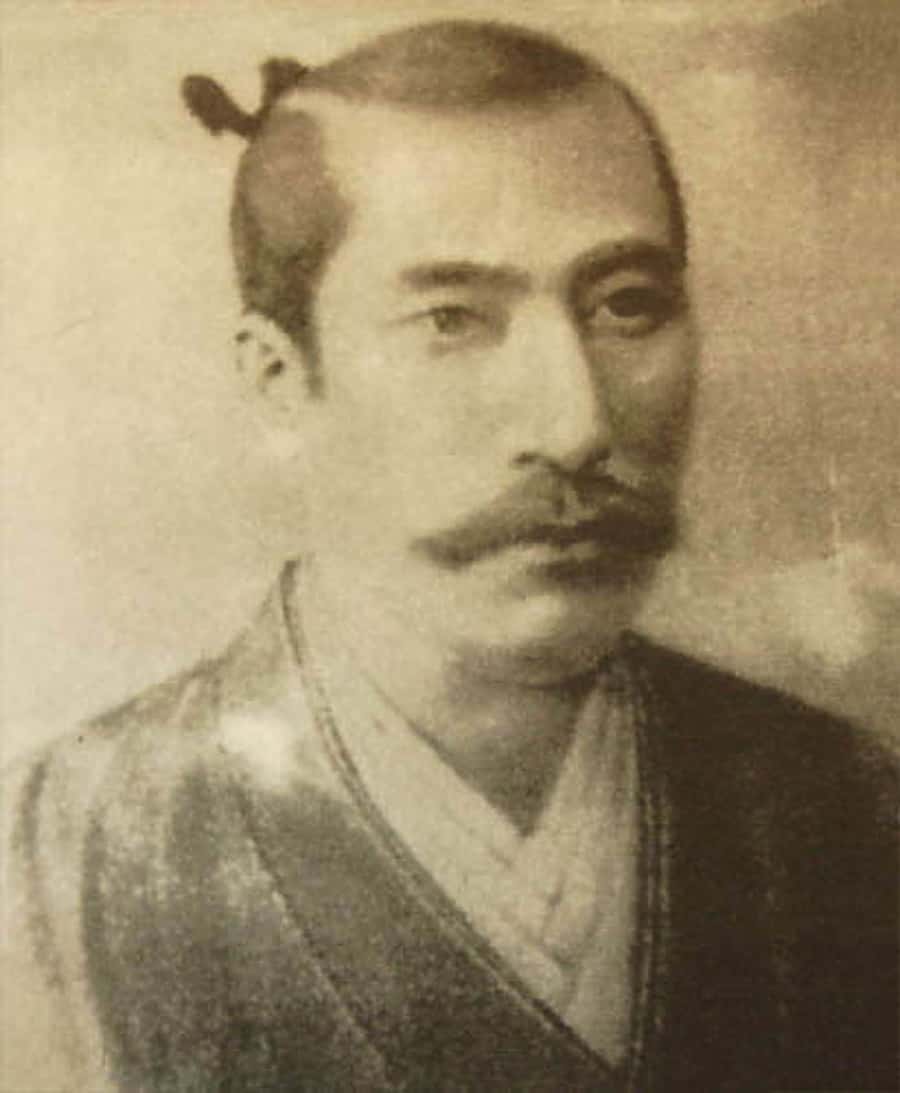
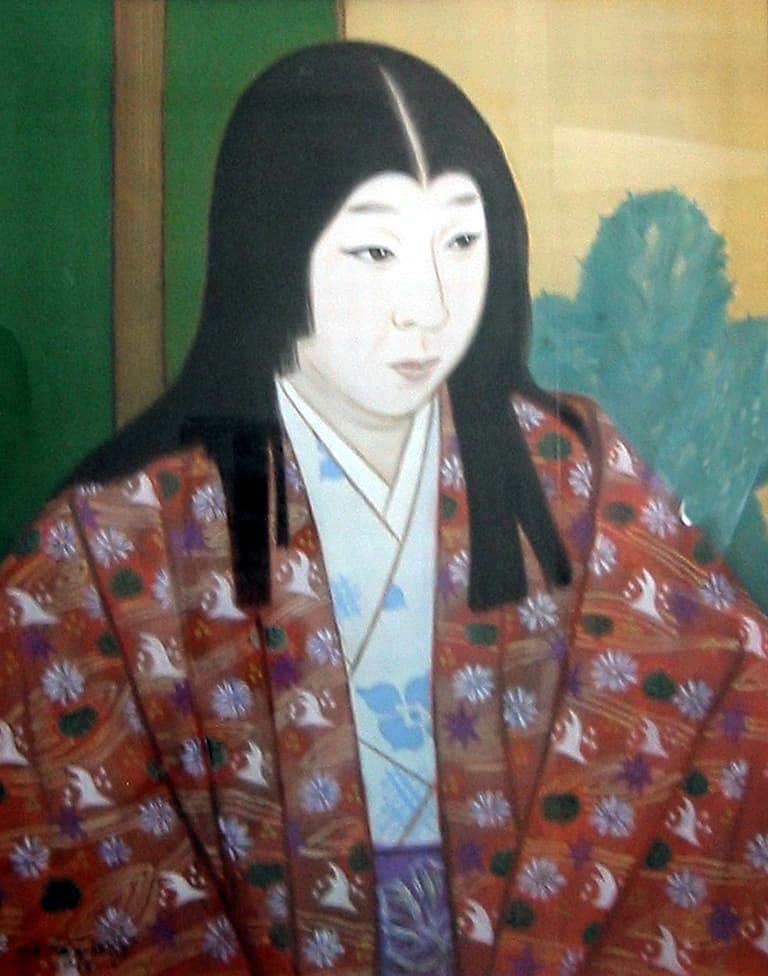
Thanks for this. It wrenches my heart to know that I lived in the shadow of Gifu Castle for many years, unaware of its turbulent history. But I do have happy memories of our early friendship!